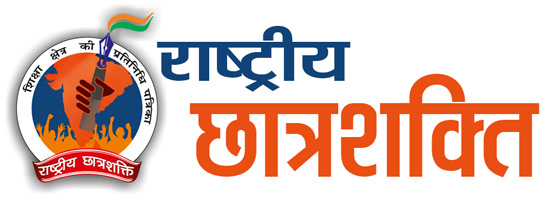India’s education system is facing a grave crisis, with a staggering 65 lakh students failing Class 10 and 12 board exams in 2023. The recent data issued by the Ministry of Education reveals the severity of the situation, with significant disparities in failure rates between state and central boards. 33.5 lakh students failed Class 10 exams in state boards, resulting in a 16% failure rate, double the 6% rate in central boards. 32.4 lakh students failed Class 12 exams in state boards, with an 18% failure rate, significantly higher than the 12% rate in central boards. Gender disparity exists in exam participation, with more girls appearing for Class 12 exam in government schools, but fewer in private schools. Girls outperform boys in pass percentages across all school types. Another issue is regional disparities in failure that have been evidenced through the three states, Madhya Pradesh, Bihar and Uttar Pradesh which received the lowest levels of student achievement. Open school students struggled to pass exams, indicating a need for improvement in alternative education systems. Declining performance may be linked to the larger syllabus introduced in 2023, posing challenges for teachers and students. To address these challenges this article propose eight solutions
- Teacher Training and Development
It remains a well-known fact that teachers are the most important components of the education system, significant quality of which directly influences the outcomes. They have significance in the development of the students’ learning process. Unfortunately for the students, most teachers have not been trained on how to teach; or even provided with the requisite tools. Teacher training courses that are made compulsory could facilitate the growth of their proficiencies as instructors, content information and technology application in class, ability to relate with the students as well as their ability to teach well. This may in turn lead to enhanced student learning achievement as has been revealed by the Azim Premji Foundation study. In their study carried out in 2020, the Azim Premji Foundation has recorded that teachers training can increase a child’s learning outcomes by up to 20 percent.
- Curriculum Reform
The revised curriculum introduced in 2023 may be a contributing factor to the decline in student performance. A review of the curriculum is necessary to ensure it is relevant, concise, and aligned with industry needs. This can help students acquire fundamental skills and knowledge, leading to improved learning outcomes, as seen in the National Council of Educational Research and Training study. A study by the National Council of Educational Research and Training (2020) found that a well-designed curriculum can improve student learning outcomes by up to 30%.
3.Digital Literacy and Access
Bridging the technology gap is critical in the digital age. One of the goals can be to equip every student with a device and ensure that they have internet access and provide technology in school for this purpose, and involve the use of technology in teaching and learning. A survey commissioned and carried out by the United Nations Children’s Fund in 2020 showed that enhanced digital literacy felt the student’s learning growth by up to 25%.
- Gender Sensitization and Inclusion
Gender disparity is a significant issue in Indian education, with girls facing numerous barriers to accessing quality education. Counseling, mentorship programs, and awareness campaigns promoting equality between men and women can encourage girls to participate in education and perform above average. According to a study by World Bank (2018), education of girls can be boosted by as much as 40 % by gender-sensitive interventions.
- .Regional Focus and Resource Allocation
This is where the idea of focusing on a particular region and allocating required resources is considered.Education in this country is a mirage to the students from the disadvantaged regions. This type of activities include direct measures like putting more funds to the area of concern, giving special attention to weak students, and establishing pilot schools employing effective strategies to closing these gaps. Ministry of Education in 2020 has stated that there is a potential of enhancing the students’ learning by 35% through special approaches.
- Open School Reform
This type of school enrolls students who cannot attend the conventional classes for one reason or the other. Therefore, redesigning the open school system, providing them with better writing resources and training the teachers to suit the requirements of these students will lead to better educational achievements. In the research, the National Institute of Open Schooling (2020) indicated that there is a 28% increased pace of learning among students by open schools.
- Student Support Services
Students require all round care and attention for them to excel. Establishing counseling services, mentorship programs, and academic support centers can help students overcome challenges and stay motivated. Need assistance services by students can increase the effectiveness of student learning by up to 22%; as indicated in a report from The National Education Policy (2020) .
- Accountability and Monitoring
One should therefore ensure that they have a strong accountability mechanism, track the learners’ progress, and conduct assessment to help him or her notice the challenges. Regular monitoring and evaluation are crucial to ensure effective implementation of these solutions. According to a study conducted by the World Bank in 2019, getting accountability measures into the education sector can increase the students’ learning achievement by 18 percent.
These eight solutions show that it is possible to enhance the outcome of students’ learning process and lessen disparities while providing an effective education program for students in India.

